Like all good things, sugar is fine in moderation, but it’s one of the most commonly-added ingredient in many foods — desserts and otherwise.
The World Health Organisation (WHO) recommends that adults and children consume no more ‘free sugars’ than 10% of their total energy intake, which equates to roughly 12 teaspoons of sugar per day. The WHO says that reducing the intake to less than 5%, or 25g/6 teaspoons, per day would provide additional health benefits, such as a reduced risk of obesity and tooth decay.
Calculating sugar
1 teaspoon of sugar = 4 grams of sugar
This means 16 grams of sugar in a food product is equal to 4 teaspoons of sugar.
Natural v. artificial sugars
It’s important to differentiate between naturally-occurring sugars — like those in fruits, vegetables and dairy — and ‘free sugars’, or added sugars.
You’ll quickly realise just how often sugar is added to foods when you look for it on ingredients lists. All of these terms refer to sugar when included as an ingredient:
- sucrose
- glucose
- fructose
- maltose
- dextrose
- fruit juice
- molasses
- hydrolysed starch
- invert sugar
- corn syrup
- honey
It’s also important to remember that ingredients are listed in order of how much exists in the product, so if sugar is near the top, that’s a red flag.
Nutrition labels tell you how much sugar a food contains:
- High in sugar = 22.5g or more of total sugar per 100g
- Low in sugar = 5g or less of total sugar per 100g
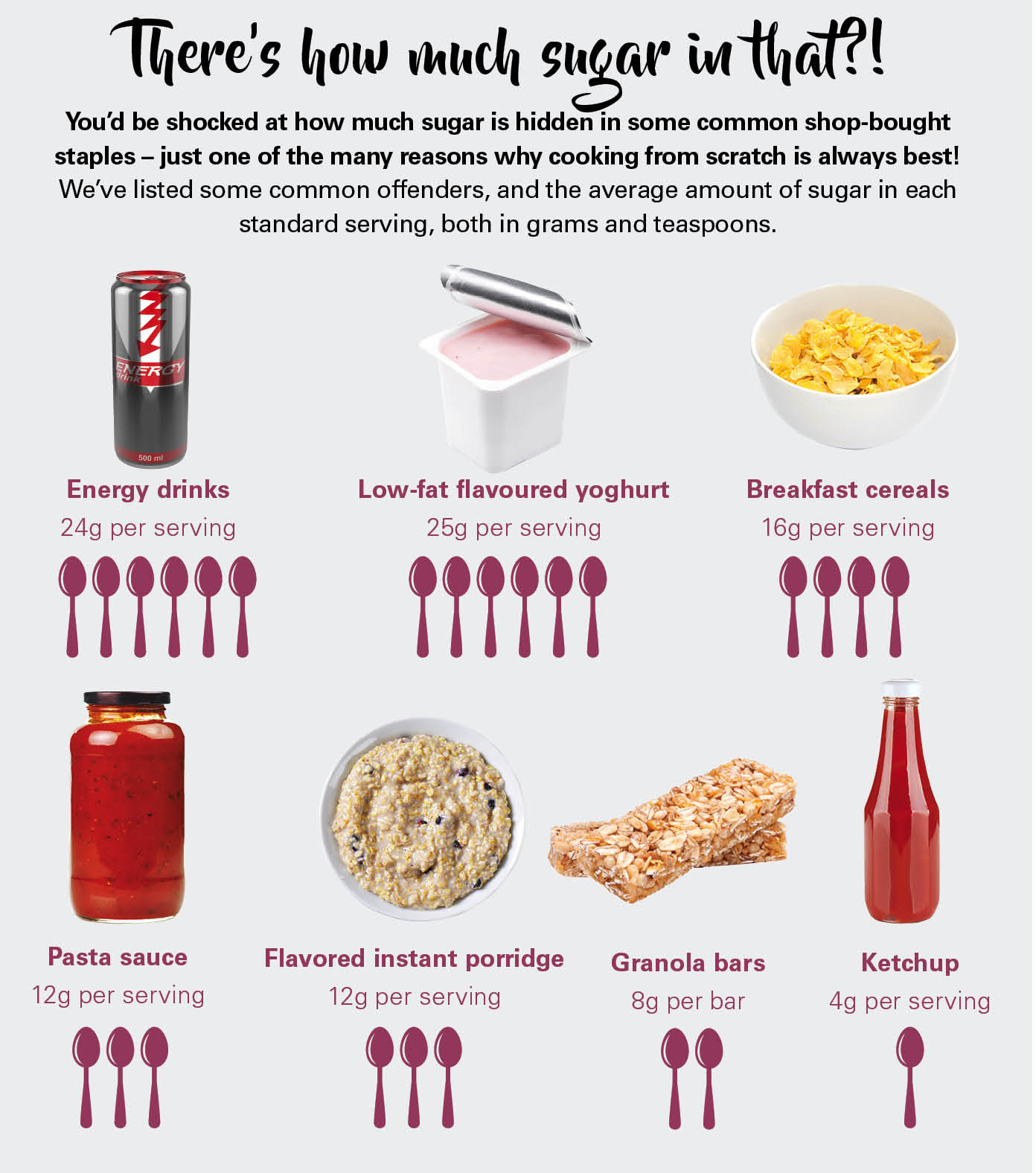
Tips for reducing sugar intake
Buy unsweetened products
You’ll find unsweetened versions of these common foods in most grocery stories: non-dairy milk like almond and soy, nut butters (look for those made with only nuts and salt), apple sauce, porridge and tinned fruit (packed in juice, not syrup).
Don’t go cold turkey
Going cold turkey on sugar isn’t realistic for most people, and cutting back slowly will be easier. If you normally put two packets of sugar in your coffee, for instance, try one for a week, then half, and finally add only a splash of milk. For yoghurt, mix half a serving of sweetened yoghurt with half a serving of plain, eventually moving on to adding natural sweetness with fresh fruit.
Focus on healthy fats
Unhealthy carbs loaded with sugar can cause blood sugar to rise rapidly (and crash just as quickly, leaving you hungry again). To minimise this effect, include protein, healthy fats and fibre in your meal, all of which can slow down the release of sugar in your body and keep you full for longer. Focus on fats like avocados, nuts, seeds and heart-healthy oils like olive, walnut and coconut oil.
Don’t go artificial
Don’t be tempted to switch to artificial sweeteners, as these can have a negative effect on your body’s response to sugar. When you eat something sweet, your body expects calories and nutrition, but artificial sugars don’t give your body these things.
Add flavour
Add extra ‘oomph’ to your cooking and baking with natural flavourings, such as good-quality vanilla extract or paste, citrus zest, spices and fresh herbs.
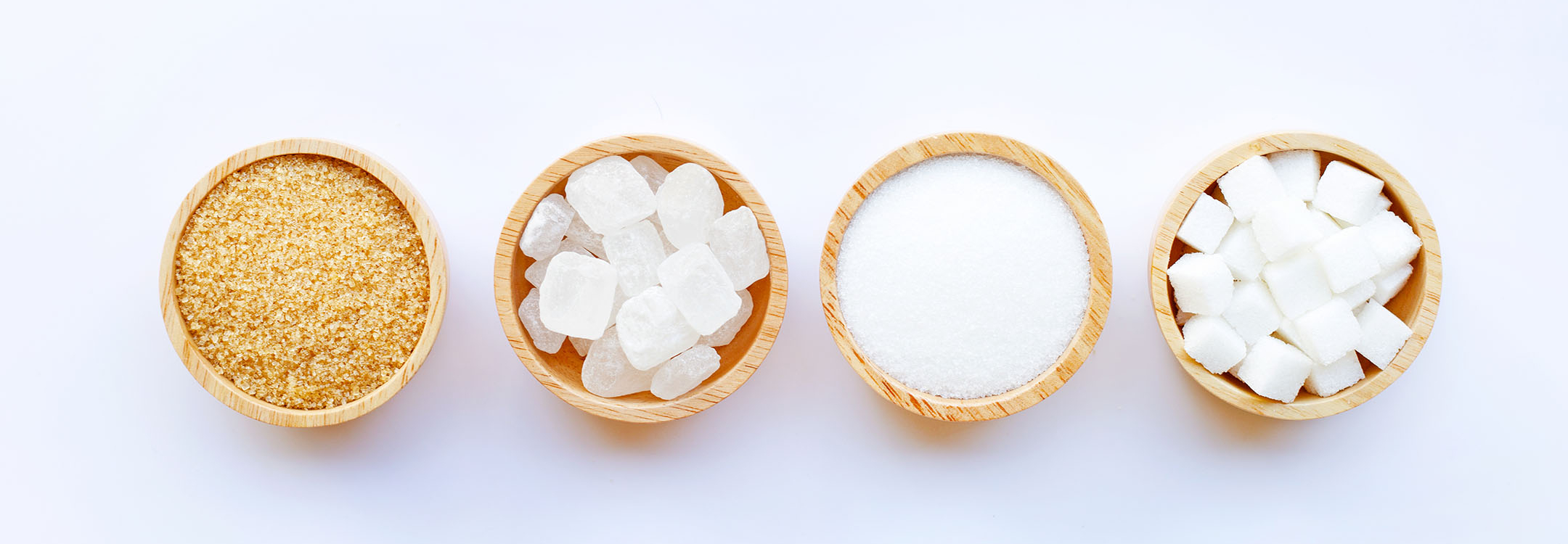
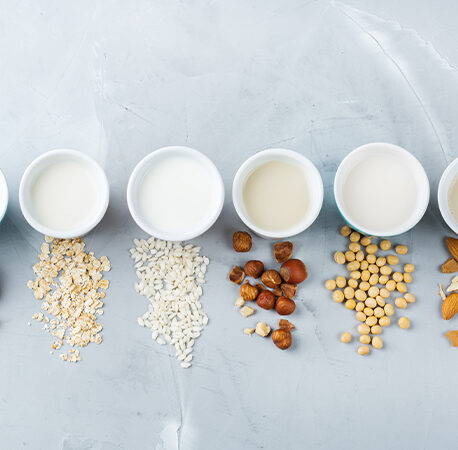
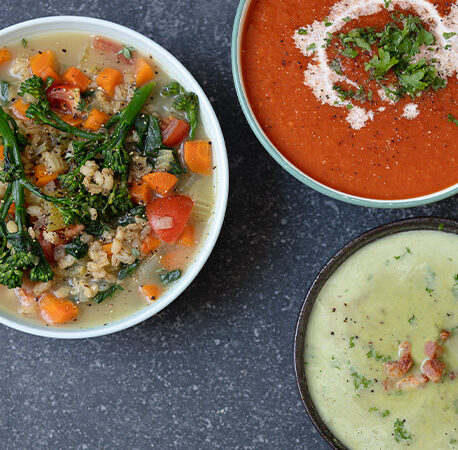

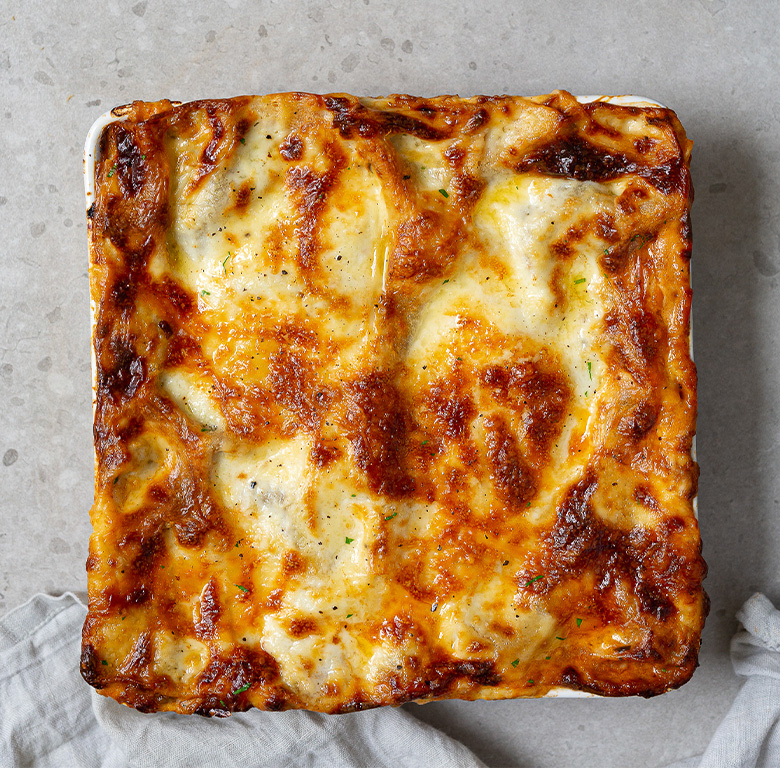
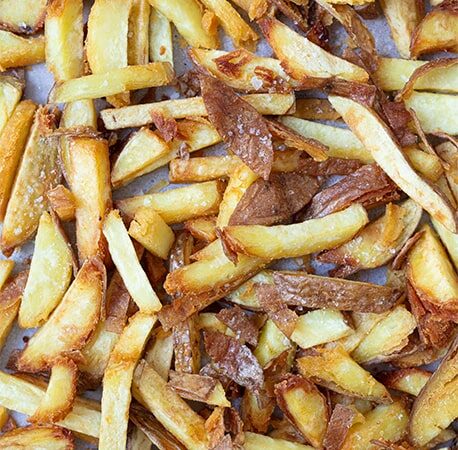
You have to be signed in to comment this post.